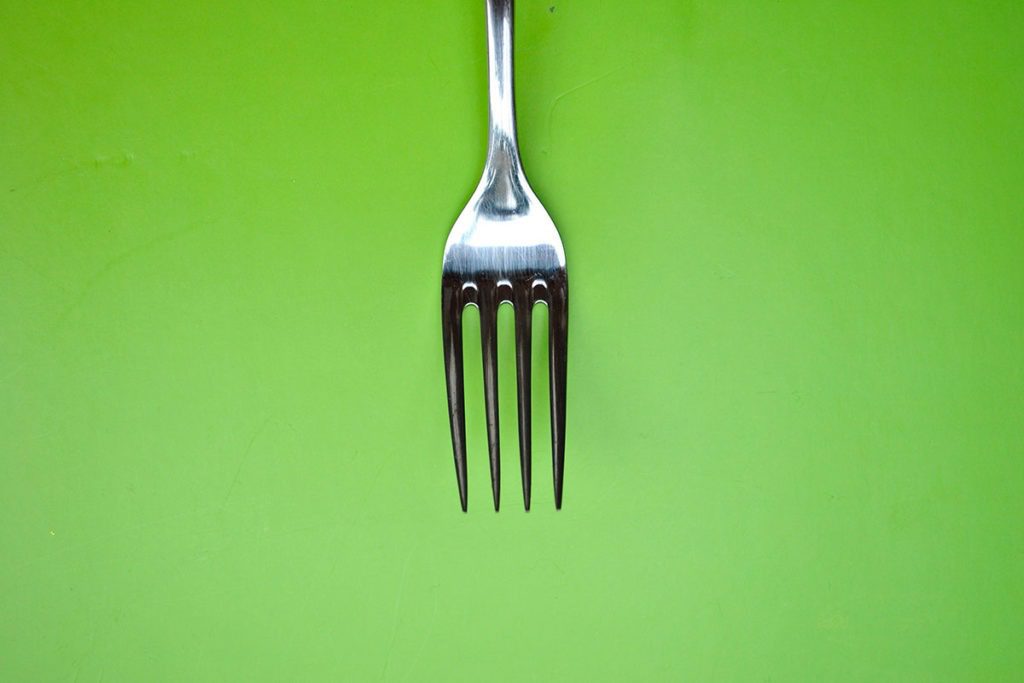Simple steps you can take in your business to squash food and water waste!
We’re helping you make those big differences with small changes that you can make to your overheads, and this week we are looking at the two W’s: waste and water.
Being guilt-tripped by parents and teachers wasn’t fun when you were told off for wasting food. Running a restaurant means you now understand how right they were… Socially, environmentally and for business it just makes sense to reduce your waste. Good waste management consists of Reducing, Re-using and Recycling.
It’s a fact that the two leading sources of food waste are in hotels, food and retail which add up to nearly 30% according to research conducted by the Environmental Protection Agency (EPA) in 2019. TheTaste.ie reported in 2018 a third of the world’s food was wasted. Restaurants lose up to €24,000 a year from food waste alone and an average hotel loses up to a wobbling €150,000 per year.
1. Tackle the Mound…
Reducing waste is as simple as nominating someone in your business to tackle the mound of savings you’re leaving behind. But where do they even start? Their first task is to track and analyse the waste in your café or restaurant. They will be looking at your bins an awful lot: it is an important task, no matter what conventions say, especially when you take mother nature’s needs into account.
2. Do you really need it?
Next, they want to look at the documentation of what fresh food stock you’re bringing in: is your business buying too much of one thing and disregarding another? When you start to look at your waste consistently, you will begin to see what is important in your business and what is not. This will feed into your menu and what you should change in order to minimise the quantity of leftovers.
3. Love thy neighbour
Speaking of your menu; are you buying local? Apart from the good PR, buying local means that the environmental disposal of plastic packaging is reduced, while also making sure it limits the, “likelihood of spoilage during transit.” Even before it reaches you, a “considerable” amount of food waste comes down to the fruit’s failure to meet cosmetic standards. Empowering a local supplier to produce quality goods for you means that you won’t be stocking wonky fruit and veg, especially if you double up as a retailer.
4. Doggy Bags
In the near future, we are looking at the possibility that it may even become law to provide doggy bags for customers to take your delectable goods for a feast at home. A plus means it could improve your reputation too (which means you can certainly brag to your followers on social media about how you’re doing your part for mother nature).
5. Reignite your creativity
If you are finding it difficult to find a purpose for leftovers, you can use egg-whites in your cooking and then use the leftover yolks in another recipe, which in turn will help your profits. Your place is the type of joint that that uses a lot of pork or fish? Well don’t let your chef throw those beautiful ingredients away, use it to make up stock. If you’re on the creative side, you could also come up with something exotic (which again, looks cool on social media).
“Over one-third of the world’s food is wasted. In hotels and restaurants, a tonne of food waste costs that business between €3,000 and €5,000. An average restaurant loses about €24,000 per year from food waste and an average hotel loses about €150,000 per year, according to the Environmental Protection Agency (EPA).” – EPA
6. Sharing is caring
Food sharing is becoming increasingly popular! Olio has a great slogan: “When did sharing food become weirder than wasting it?” Olio gives your business the opportunity to redistribute food. It’s a cool way, not only to recycle food that would otherwise go to waste, but also to attract new customers and raise your visibility.
7. Discover your profits in the dishwasher
If you’re trying to find those lost profits, head to the dishwasher! A dishwasher is actually a very efficient tool, but only if it is full… Remember that a partially loaded dishwater eats up just as much heated water as a fully loaded one. A really easy tip to cut water waste is to set the water temperature no higher than you need – if possible, do separate low-temperature cycles for lightly soiled crockery and cutlery and higher temperature for pots and pans and other utensils.
8. Beer and Branding
It should go without saying that if you’re serving drink, a beer should be reunited with its branded glass. If you don’t do this, the sugars, oils and other foreign substances from other drinks will remain in the glass making it a nightmare for you to make it right for the lips of your next customer.
9. Put a Plug in it
Don’t let water simply run from the sink (especially hot water). Use a plug when washing pots. Check your water temperature. If it is too hot, you will likely have to pull the plug and top up with cold water before you can wash up. Another source of wasted water is cracks and warping in the seals in freezers and walk-in areas. So check the seals regularly and don’t ignore leaks. They won’t repair themselves – they only get worse! Add insulation. Heating water is a significant expense for most restaurants. Fortunately, it’s relatively easy to reduce that expense by adding insulation to your hot-water system. Start saving by simply wrapping your hot-water pipes with the insulated covers available at most hardware stores.
Takeaways: Food and water wastage isn’t cool for your profits or the environment, so make sure to let your employees know how important it is to keep on top of it.










